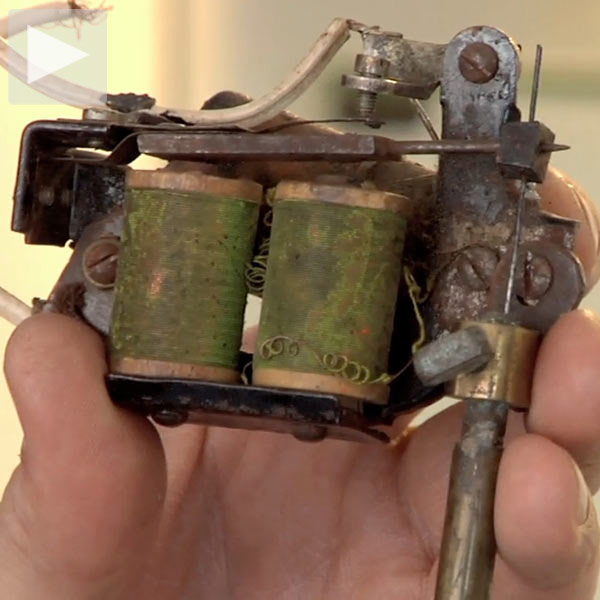Horikazu + Spiritual Skin
Two new books cover traditional Japanese tattooing, tribal markings and scarification

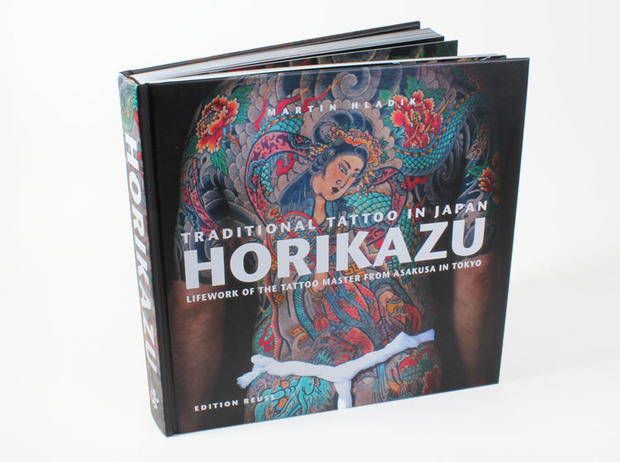
As one of the oldest forms of body decoration and religious art, tattooing plays a significant role in cultures all over the world. While the custom has been extensively documented, few published works present such detail as Traditional Tattoo in Japan: Horikazu and Spiritual Skin: Magical Tattoos and Scarification, two recently released titles from Edition Reuss.
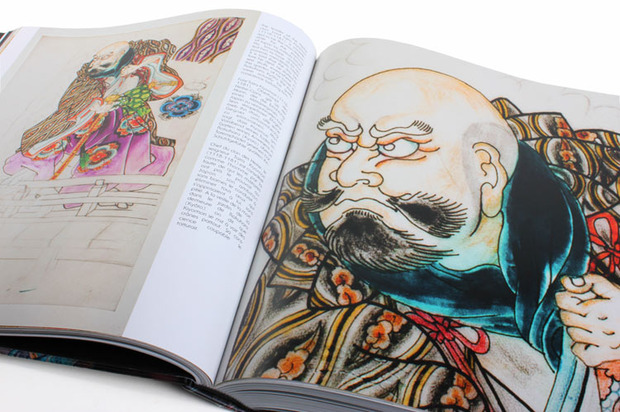
Taking a look at the work of master tattooer Horikazu, the eponymous book opens with interviews and essays on Japan’s tattoo culture, wherein tattoos were traditionally worn by society’s outcasts, individuals rebelling against the strict dictatorship of the shogun. However, over time—much like in Western culture—tattoos were adopted by people of all ages and classes, bolstering Horikazu’s career for nearly half a century.
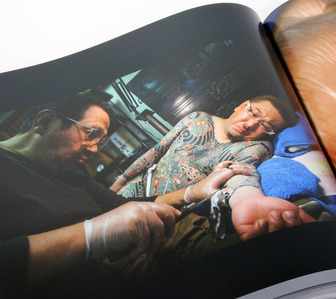
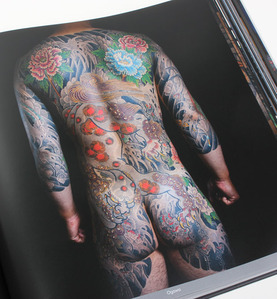
Specializing in the traditional Japanese tebori technique—one practiced in Japan for several centuries that involves paint brushes and custom-made tools—Horikazu “draws” on his clients’ bodies with rich colors, delicate gradation and extreme precision. Japanese culture dictates that traditional tattoos are rarely displayed in public, so the massive book’s archival imagery includes several full-body portraits few would have ever seen.
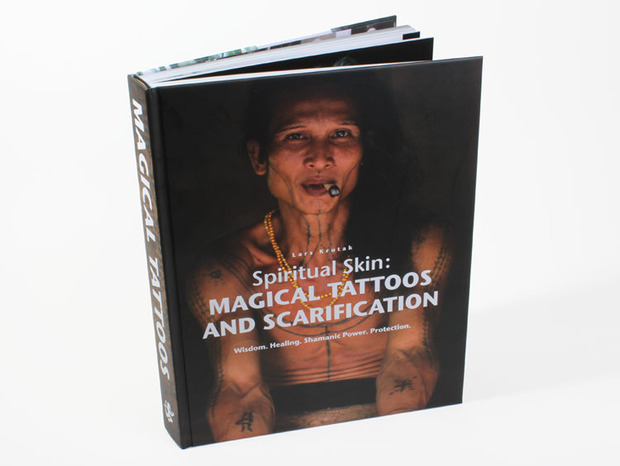
While “Horikazu” offers a highly visual portrayal of a specialized style of tattoo by one tattooer, Spiritual Skin: Magical Tattoos and Scarification takes a much broader approach to the art form with lengthy explanations. Broken into two distinct parts, the tome goes into great detail on the history and significance of tattooing and scarification in a number of locales.

The tattooing portion focuses on spiritually driven practices primarily found in Indochina, the American Northwest and the Pacific. In Thailand the script-driven tattoo tradition of Sak Yant is directly linked to religion and thought to help guide the wearer through life. “Magical” inscriptions and symbols are tattooed to ward off evils and, sometimes, bring good fortune. In Siberia women became tattooers, anointing both sexes of tribe members with “epidermal embroidery” on their hands, arms, legs and feet.

Similarly, certain Native American tribes tattoo simple “guardians” with thick lines and little detail on the torso, arms and face. These guardian tattoos were inked during initiation rituals with the intention of linking the body to the spirit. Once tattooed the wearer was thought to be a subordinate of the guardian and thus faced the risk of misfortune, sickness and even death if its spiritual guidance was disobeyed.


The book moves on to talk about the concept of scarification, taking the art of tribal tattoos to another, very graphic level. The 100-page section delves into the facial striation practices of the Bétamarribé people in West Africa and even deeper into the skin-cutting rituals in Papua New Guinea and Ethiopia. The cutting ritual is explained in depth, from its spiritual significance to the actual scarring and healing process.
Traditional Tattoo in Japan: Horikazu ($250) and Spiritual Skin: Magical Tattoos and Scarification ($200) are available from Amazon or directly from Edition Reuss.
Images by Graham Hiemstra
